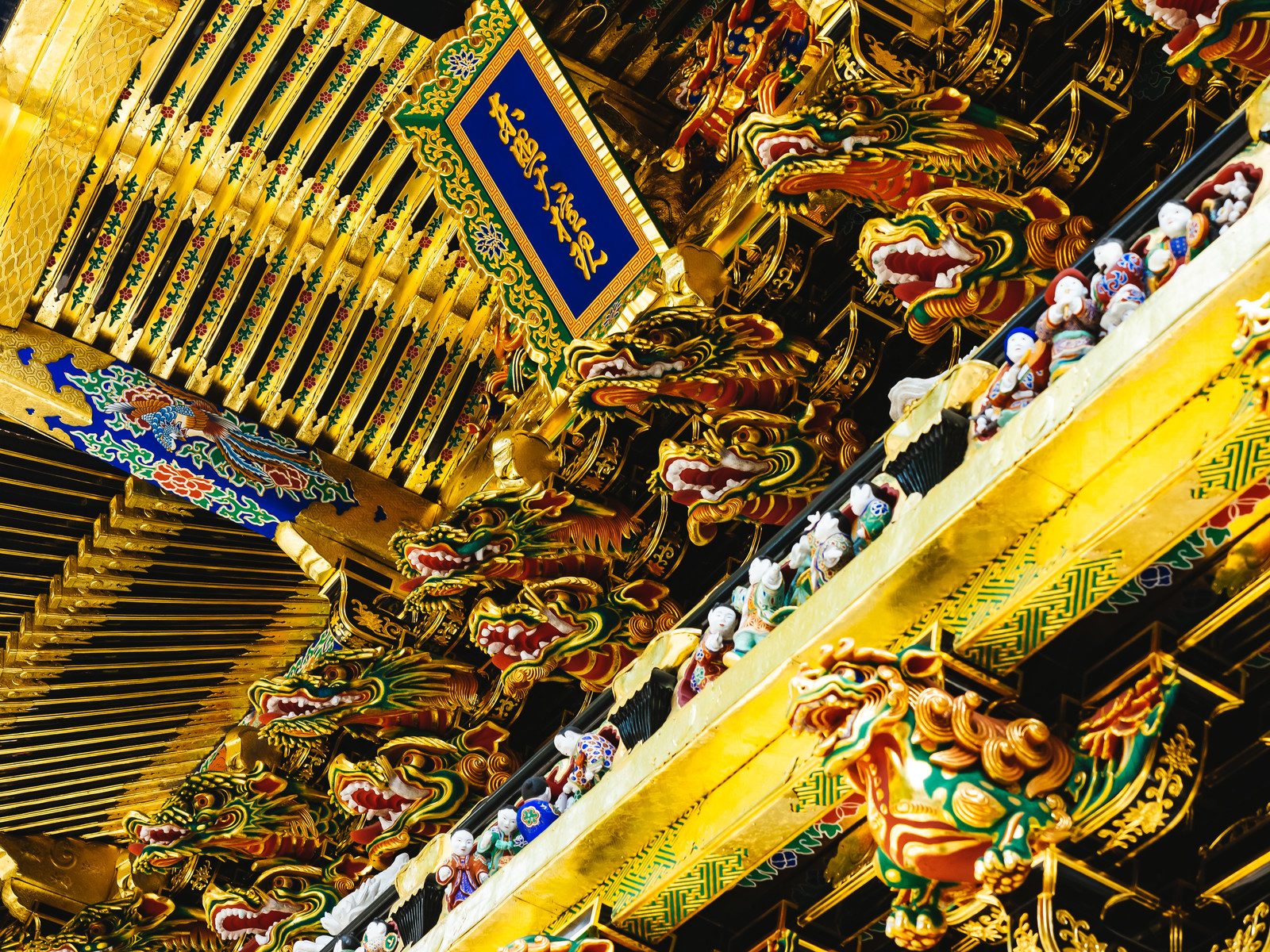Nikko Toshogu is one of the major tourist destinations in Tochigi Prefecture. It has been registered as a World Heritage Site, and its beautiful buildings are attracting attention from around the world.
In this article, we introduce the highlight of Nikko Toshogu, which is also famous as a power spot. Furthermore, we also suggest you tasty gourmets that can only be tasted in the vicinity of there.
Let’s enjoy the art and gourmet of Nikko Toshogu!
Japan’s World Heritage Site! What is Nikko Toshogu?
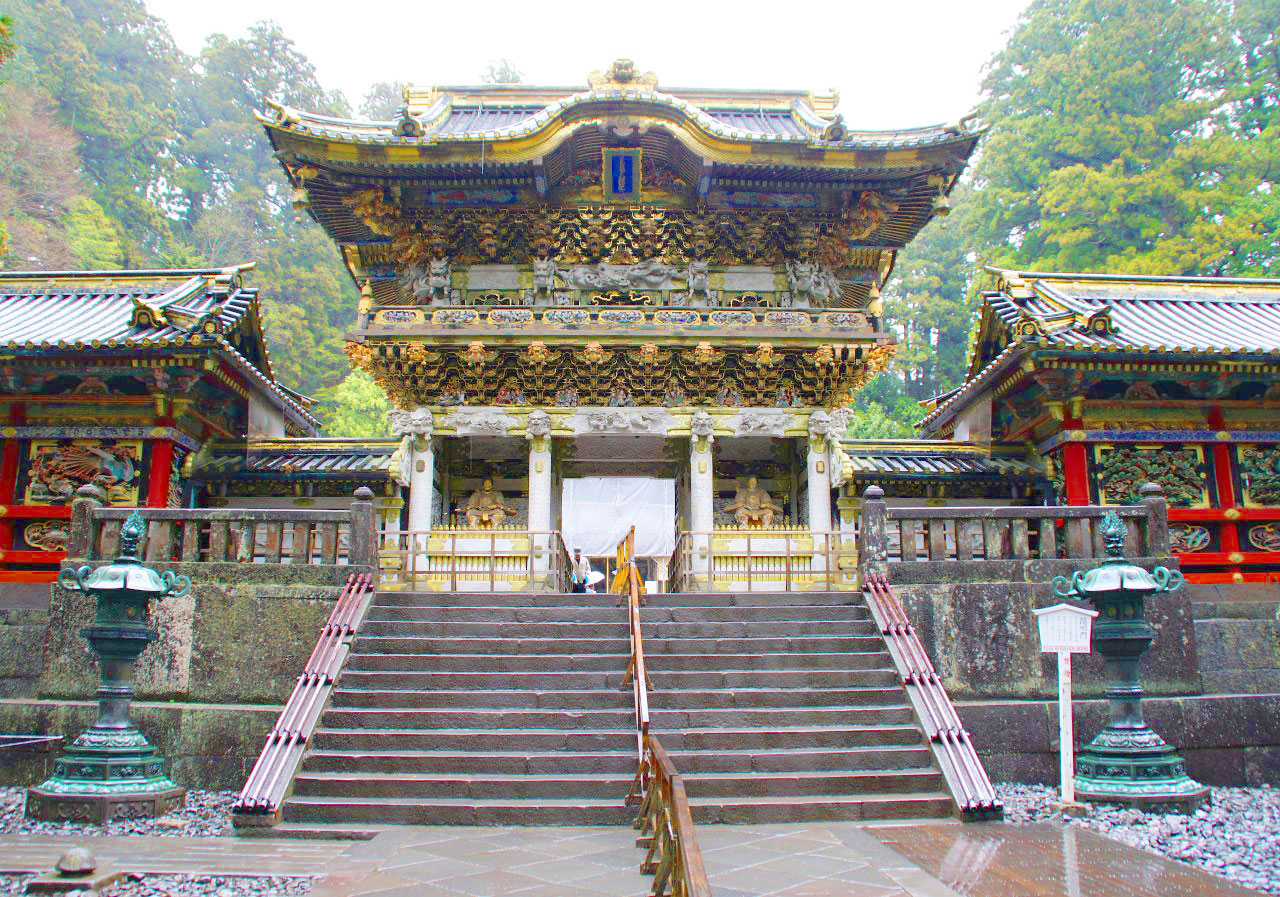
Nikko Toshogu Shrine is a Shinto shrine dedicated to the Edo Shogunate Shogun Tokugawa Ieyasu. It is located in Nikko City, Tochigi Prefecture, Japan, and was registered as a World Heritage Site in 1999.
It was recognized by the fact that the building is a masterpiece by a genius artist, and that the religious space where Shinto thought and nature are united is inherited.
Access
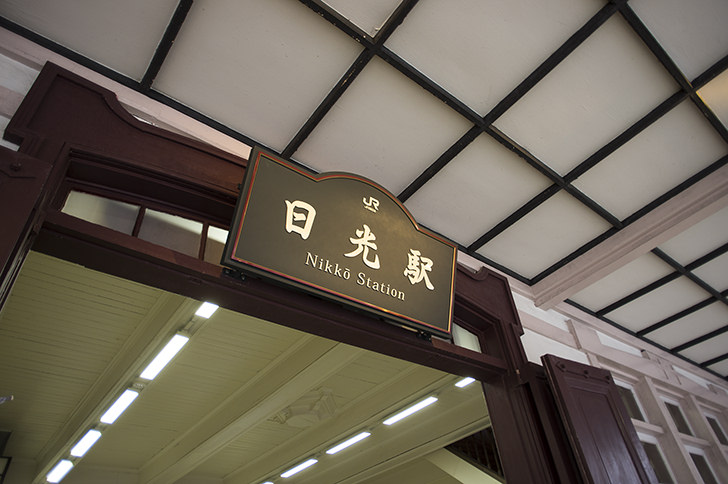
By train : The nearest stations to Nikko Toshogu are Tobu Nikko Station and Nikko Station.
By bus : Take a Tobu bus bound for Lake Chuzenji, then get off at the Nishi-Sando. Or use the World Heritage Tour bus and get off at the “Omotesando” bus stop.
By car : From Nikko Expressway Utsunomiya IC via Nikko Utsunomiya Road, get off at Nikko IC. Nikko Toshogu is about 2 km away from Nikko IC.
* The parking lot of Toshogu is open all year round, and 200 regular cars can be parked. The parking fee is ¥ 600 for ordinary cars and ¥ 400 for motorbikes.
Map
Admission fee
Toshogu : Adult 1300 yen / Child 450 yen
Don’t miss them! Gorgeous and elegant group of shrines and animals
Five-story pagoda

It is a beautiful tower with a vermilion color, and there is a zodiac sculpture colored in extremely colors under the eaves of the tower, and it is said to be the finest five-storied pagoda in Japan.
In addition, it is excellent in earthquake-resistant structure, and the method called ‘heart pillar’ that supports the tower is applied to Tokyo Sky Tree.
Three God’s Warehouse
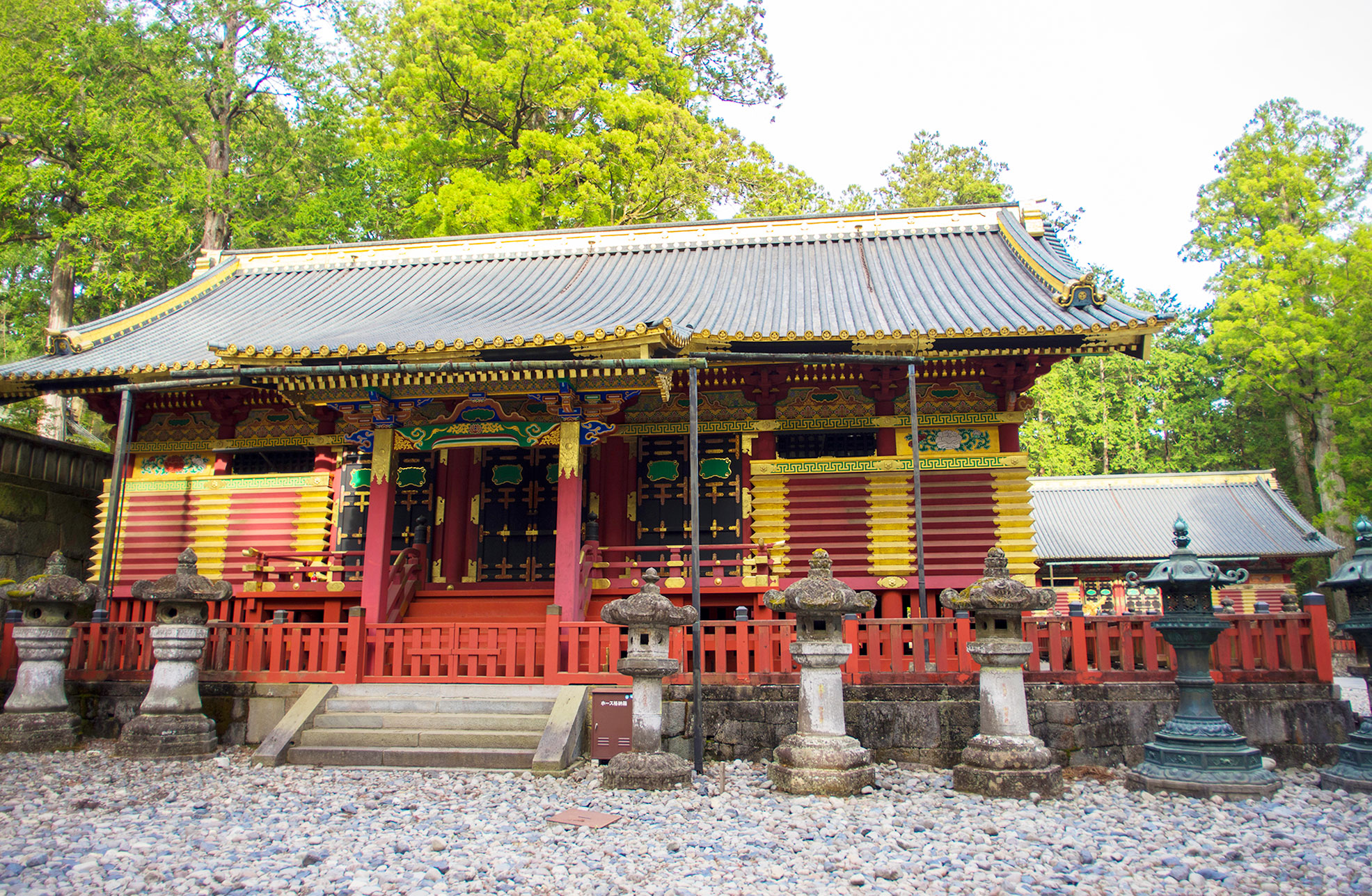
The three warehouses of the upper god’s warehouse, the middle god’s warehouse, and lower god’s warehouse are collectively called the three god’s warehouse.
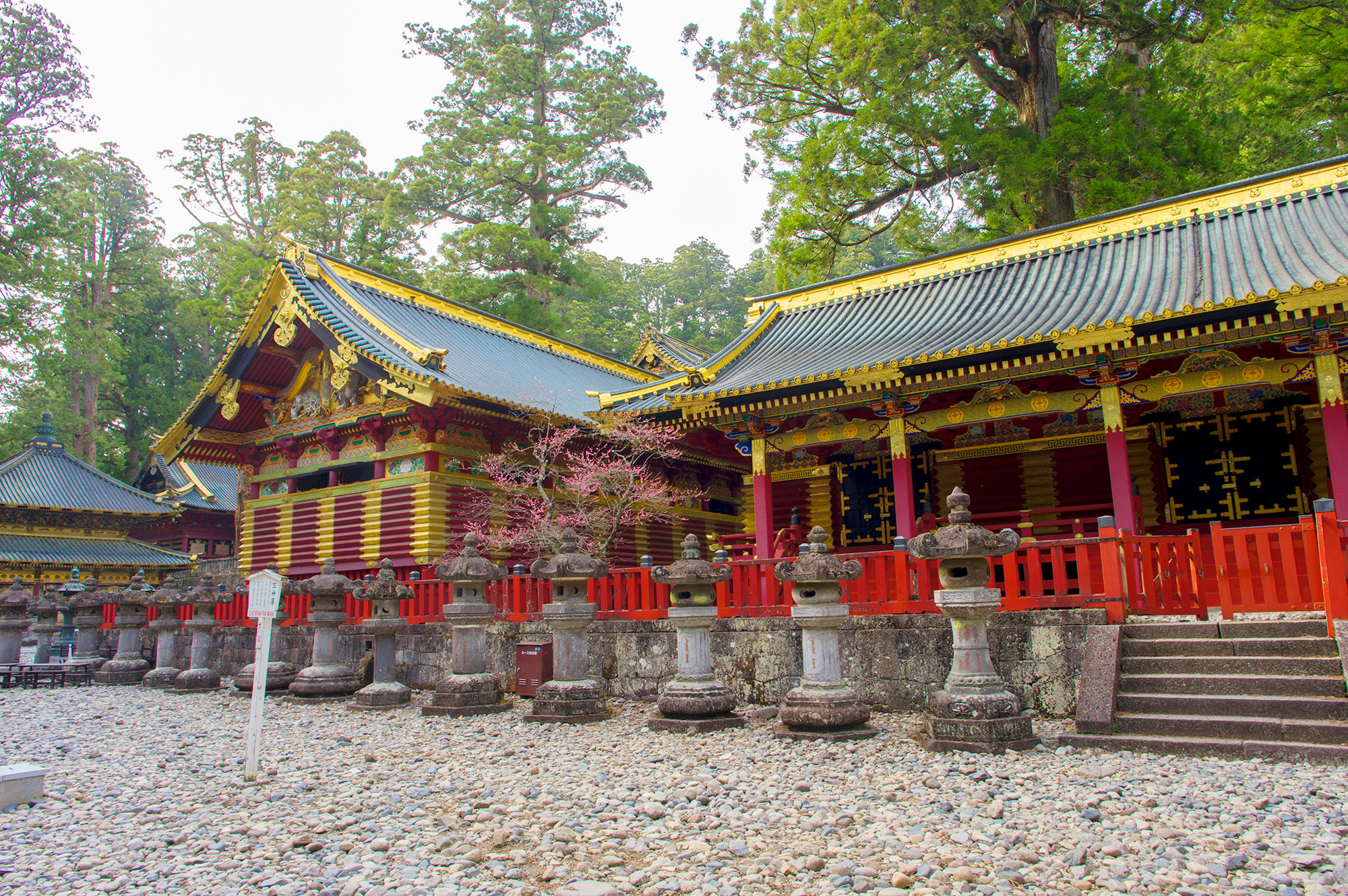
Under the roof of the upper god’s warehouse, which is the innermost part, is carved elephants. It is said that this sculpture is by an Edo period painter who has never seen an elephant, and painted a sketch by imagination, and is called “Imagination Elephant”.
この投稿をInstagramで見る
It is amazing that such an excellent elephant was expressed even though he had never seen reality!
The stable of god horses
この投稿をInstagramで見る
It is a stable for keeping god horses. Here are the famous three monkeys.
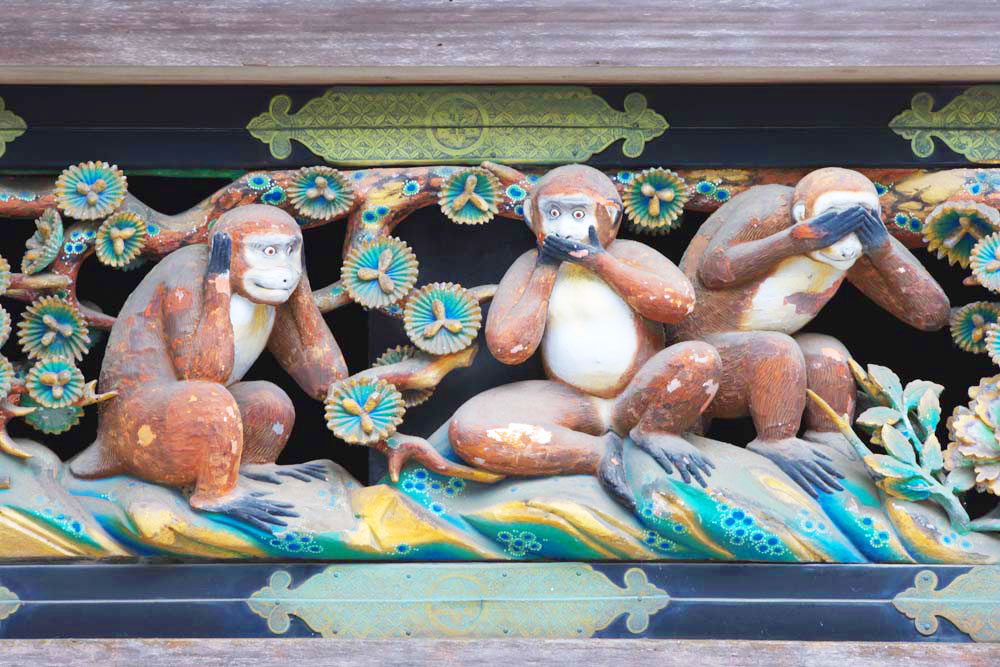
The monkey is regarded as a guardian of the horse, so monkey sculptures are there.
The three monkeys are famous, but in fact there are a total of eight monkey sculptures. This monkey sculpture seems to represent all of the life of a human.
The proverb that ‘See no evil, hear no evil, speak no evil’ expresses the discipline of childhood that were said ‘Don’t look at bad things, don’t say, don’t listen’.
The Yomei Gate

The Yomei Gate boasts a high profile among Nikko Toshogu. It is covered with more than 500 sculptures, and it is said that we can not get bored even if we look at it all day from the vividness of its coloring.
The Yomei Gate is supported by 12 white columns. The column is engraved with a pattern called Grimon, but one pattern is upside down.
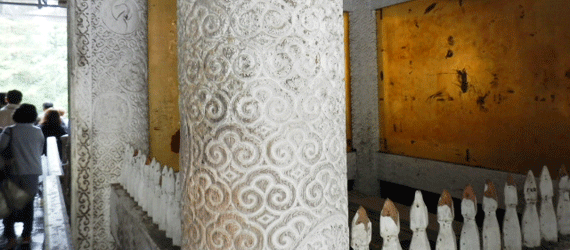
Image Source : https://www.nikkotoshogu.com/html/uwasa/uwasa10.html
It is called “The Return Column of the Amulet”, and because there is a legend that the completion is the beginning of the collapse, the sculpture was inverted to make it unfinished.
Let’s find it!
The Corridor
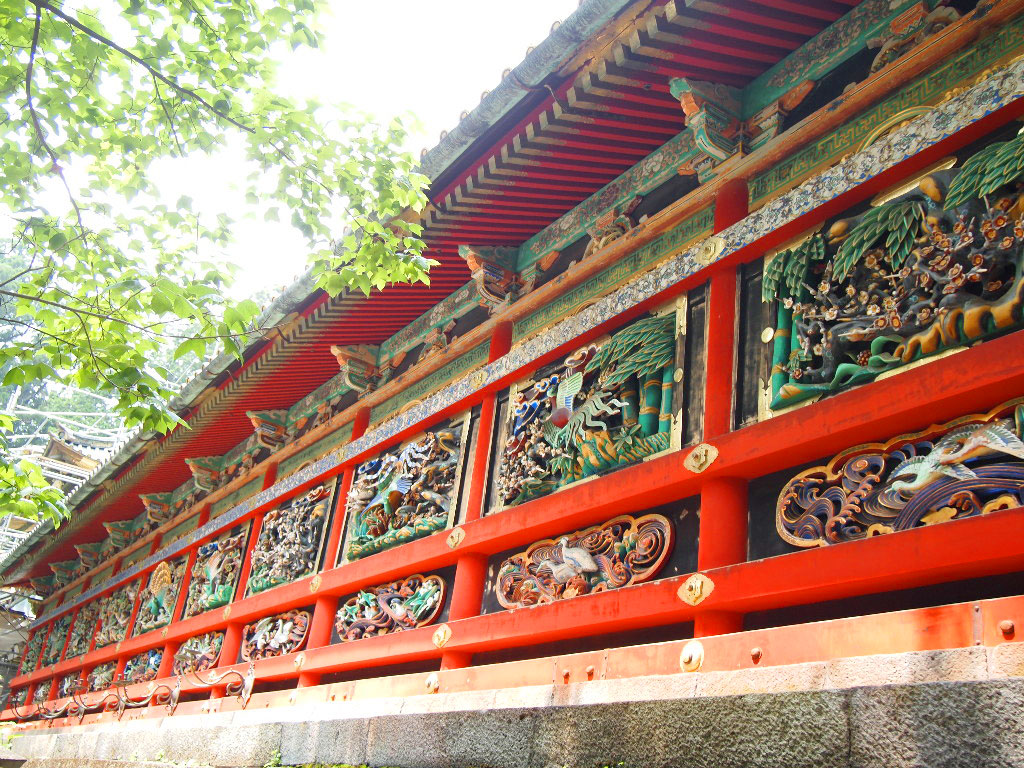
Image Source : https://blogs.yahoo.co.jp/goingyama/GALLERY/show_image.html?id=11460217&no=5
The corridor that extends from the the Yomei gate to the left and right is said to be the largest carving of the flower bird in Japan. It is painted colorful and is well known as a beautiful work of art.
If you look at the Yomei gate, you will miss it and you will pass through the gate, so be careful!
Kara mon (Kara gate)
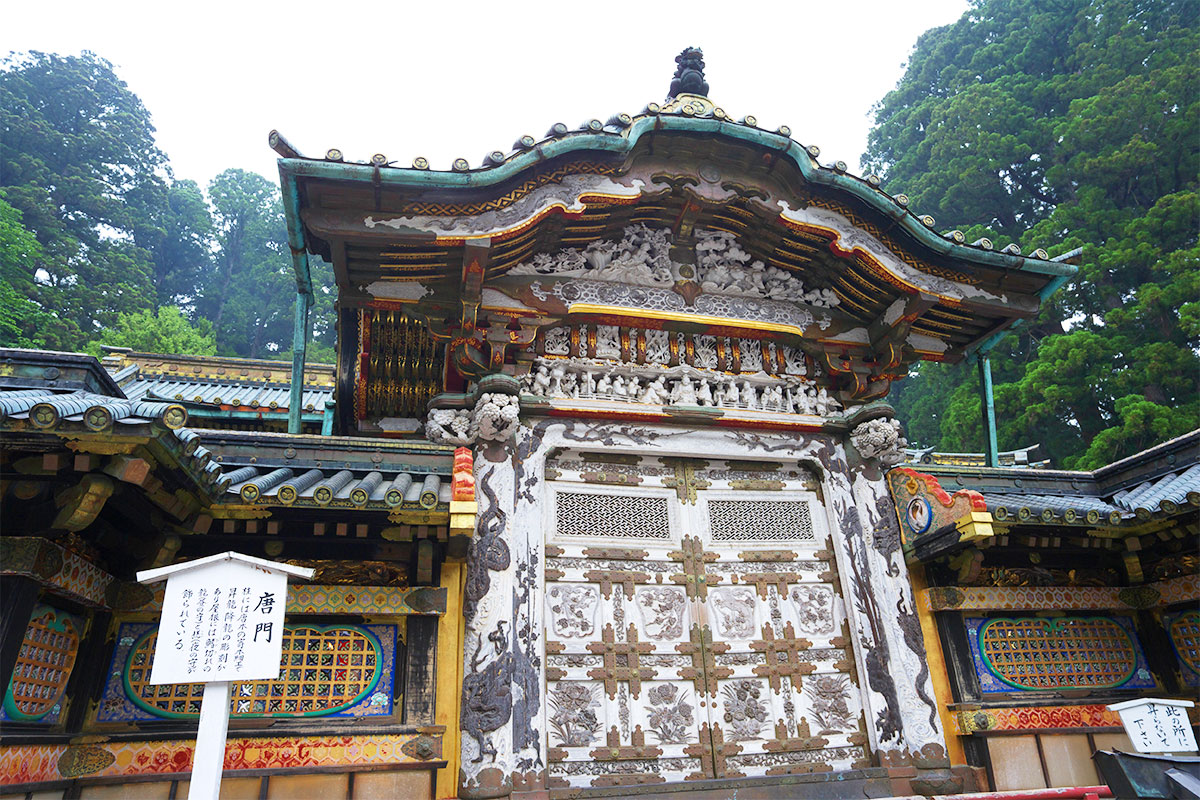
Because the gate is an important gate that protects the headquarters in the back, it is said that in the Edo period only high-ranking people were allowed to enter.
Kara mon’s sculptures begin with the sculpts of rising and falling dragons of the pillars of the gate, and there are many fine sculptures, and many people are surprised by their delicate work.
The main shrine

It is said to be the most important place in Toshogu, and it is made up of the main hall, stone room, and worship hall.
The main hall is also sculpted by god beasts and other creatures such as white dragons and other imaginary creatures, and the precise sculptures can be said to be a compilation of craftsmanship techniques of the Edo period.
The sleeping cat
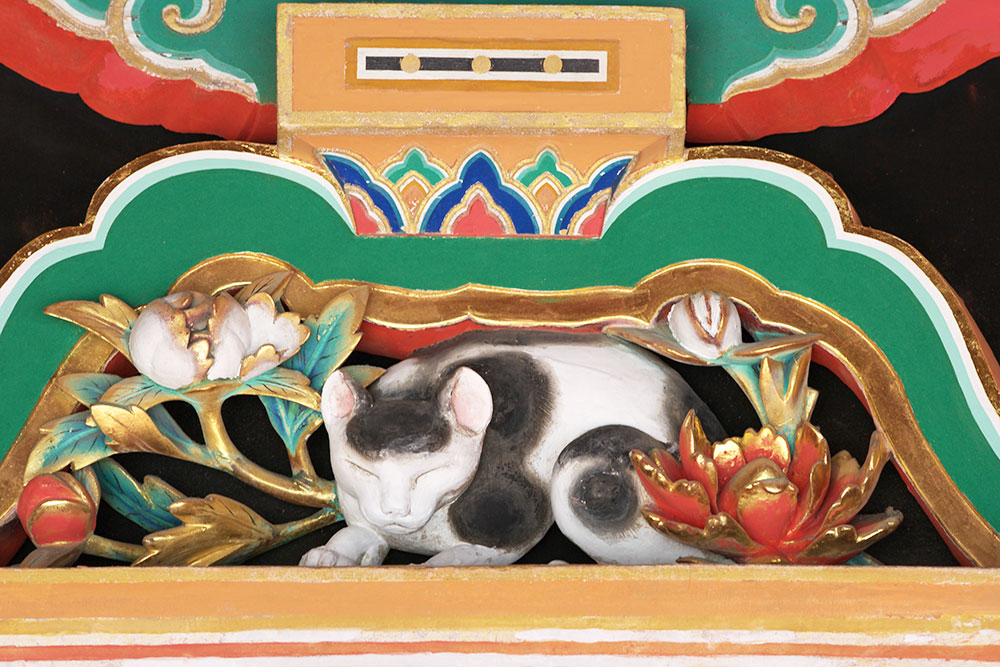
There is also a highlight at the entrance to Okumiya, which is said to be the sleeping grave of Ieyasu.
There is a popular sculpture, a sleeping cat, as well as the three monkeys.
It is said that a famous sculptor in the Edo period performed the only sculpture in Nikko Toshogu, and it is said that it will show various expressions depending on the viewing direction.
That’s a masterful art!
Gourmet of Nikko which you can enjoy only here
After enjoying Toshogu, you can satisfy your hunger with delicious gourmets that can only be enjoyed in the surrounding area.
The Manju of fried Yuba

Image source : http://www.sakaeya.net/
A specialty of Nikko, it is Yuba. People who buy manju of fried yuba are making a procession in Nikko. It is the most popular souvenir of Nikko, with its crispy skin and exquisitely harmonious Koshian.
Access
Nikko Sakae-ya
Web site : http://www.sakaeya.net/
Location : 10-1 Matsubaracho, Nikko City, Tochigi Prefecture
Opening hours : 9:30 to 18:00
Regular holiday : Nearly no holidays
Yuba Musubi
この投稿をInstagramで見る
This is also a popular gourmet using Yuba. Omasubi, which was devised to dispel the sense of quality of yuba, is glutinous rice wrapped in yuba. It is very popular because it can be easily eaten with one hand, and the holiday season may be sold out!
Access
Fudaraku Honpo Ishiyacho
Web site : https://www.fudaraku.com/
Location : Ishiyacho, Nikko City, Tochigi Prefecture, 406-4
Opening hours : 9:30 to 17:30
Regular holiday : no holidays
Little Yokan (sweet jellied azuki‐bean paste)
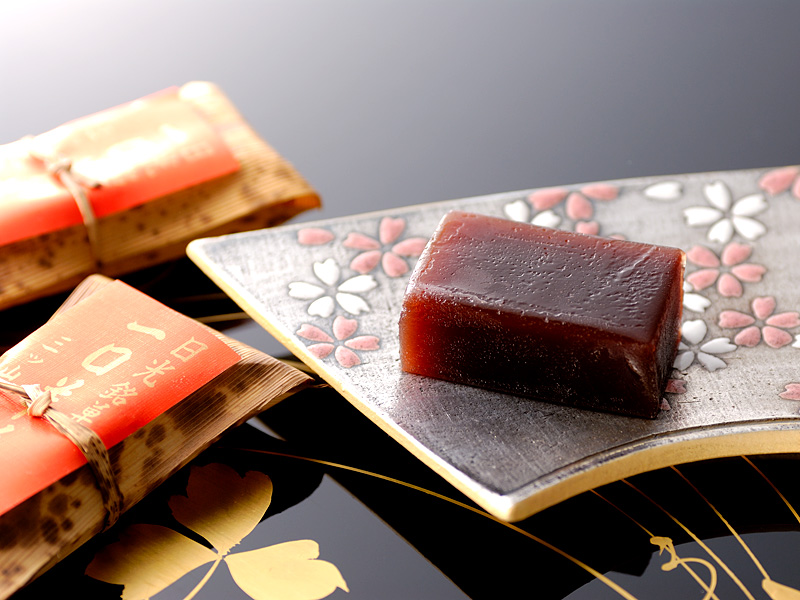
Image source : http://www.mitsuyamayoukan.co.jp/hitokuchi/
The Mitsuyama Yokan Honpo boasts a history of over 100 years and is a famous Yokan (sweet jellied adzuki‐bean paste) store. The yokan is offered to the royal family.
It is made in a traditional way, taking advantage of the inherent sweetness of the material, and you can enjoy the good old Japanese taste.
Access
The Mitsuyama Yokan Honpo
Web site : http://www.mitsuyamayoukan.co.jp/
Location : Nakachiishicho, Nikko City, Tochigi Prefecture 914
Opening hours : 8:00 to 18:30
Regular holiday : New Year’s Day only
Conclusion
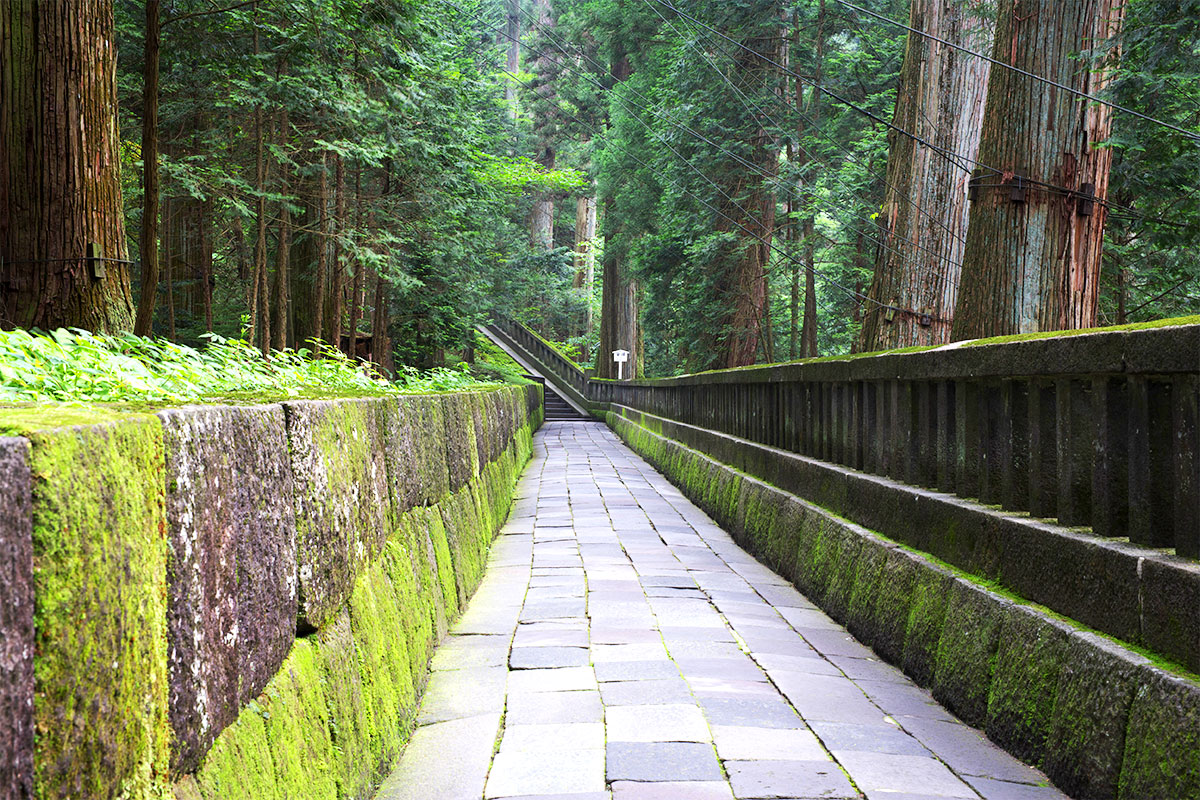
Many of the sculptures that color Nikko Toshogu can be said to be a symbol of art in the Edo period. Many sculpted animals are also very popular, and you can feel the story in each one, and it’s great to see.
After enjoying the structure full of sights, you can taste the gourmet specialties of Nikko. Nikko will provide memories that really satisfy you.
